
The strangest thing about the past is how it sneaks into the present. Customs born in sacred ceremonies or survival tactics appear as casual habits you hardly question. They’ve been rebranded, reshaped, but not erased. Every time you repeat one, you’re echoing lives lived long before yours. Let’s pull back the curtain on ancient rituals that continue to follow modern behavior in surprising, often invisible ways.
Handshake

The handshake carries more history than most people realize. In ancient Greece during the 9th century BCE, two open palms meeting showed no weapon was concealed. That small act of trust endures, now layered with cultural meaning as grip strength and duration shape social and business impressions.
Birthstone Jewelry
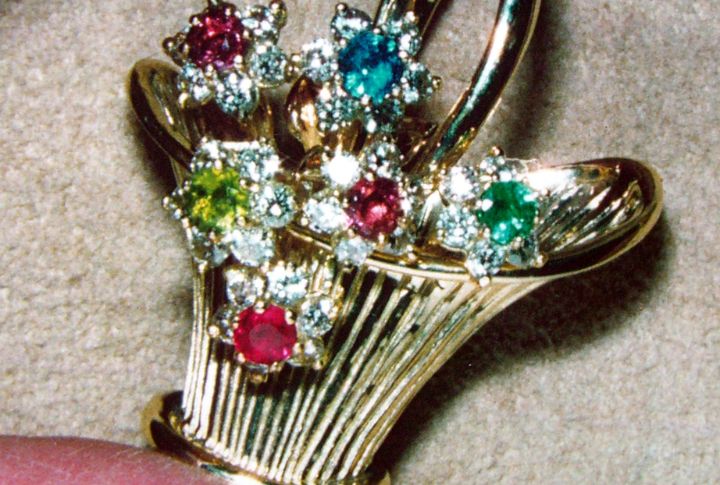
Wearing gemstones for protection and healing dates back to ancient times, when people often collected all twelve birthstones for their combined powers. Over centuries, the practice shifted toward month-specific stones. In 1912, the tradition became standardized, shaping the familiar birthstone jewelry we see today.
Birthday Candles
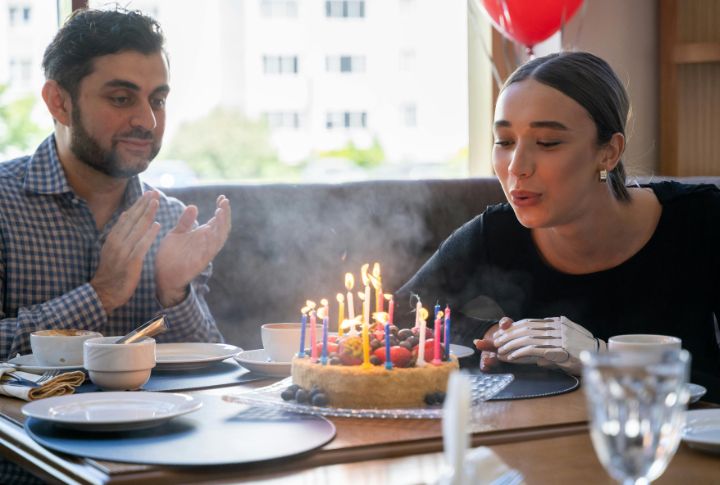
Birthday candles carry layers of symbolism. Their flames once honored Artemis, the Greek moon goddess, while the rising smoke was believed to send wishes to the divine. The number of candles reflected life’s journey. Though the tradition spread widely, not every culture embraces it in the same way.
Graduation Mortarboard

When you balance that square cap on your head, you’re carrying centuries of meaning. Inspired by the medieval biretta, its design echoes an open book. Colored tassels now highlight academic disciplines, and since the early 1900s, tossing them skyward has marked the leap from student to graduate.
Wedding Rings
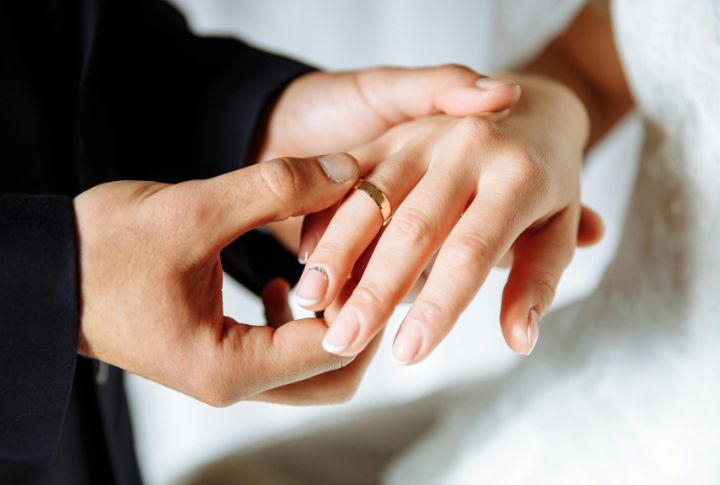
Wedding bands began as simple circles in ancient Egypt, symbols of eternal love. Romans later gave them placement on the fourth finger, tied to the mythical “vena amoris.” Centuries passed before diamonds took center stage in the 1900s, reshaping a once modest ritual.
Fasting
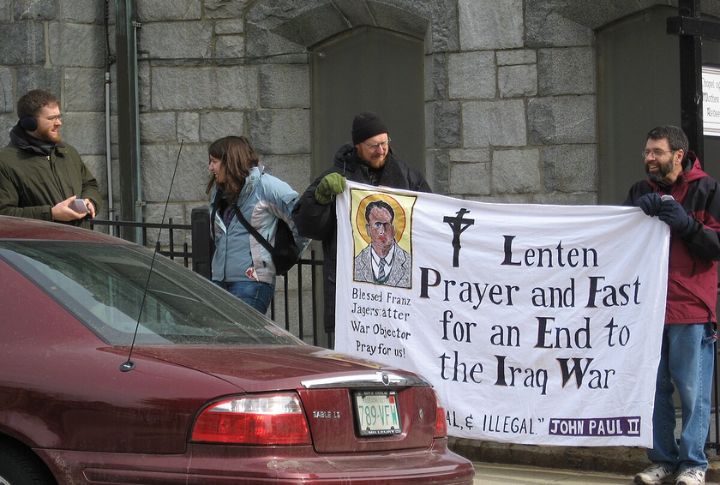
Fasting has ancient roots, with Ramadan beginning around 622 AD and Lent tracing back to early Christianity. Originally spiritual practices for self-discipline and reflection, fasting now also thrives in modern wellness trends like intermittent fasting—showing how age-old rituals quietly shape today’s health and lifestyle habits.
Tattooing
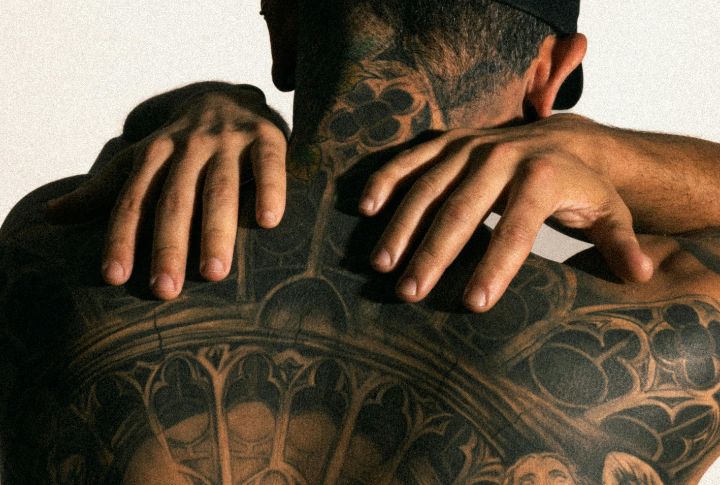
Tattooing has always been more than decoration. Ancient Egyptians believed it offered spiritual protection, while Indigenous groups used it for sacred expression. Modern tools and inks have changed the process, but the ritual endures as a powerful marker of identity, culture, and transformation.
Throwing Rice Or Confetti At Weddings
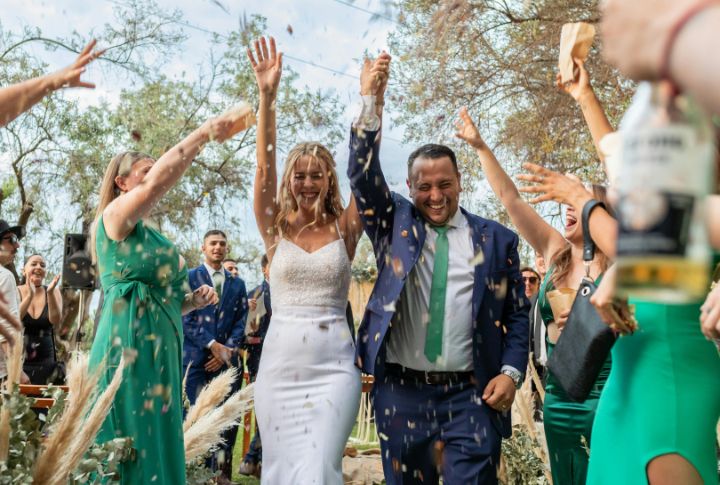
This tradition has always carried a single message: wishing newlyweds happiness and prosperity. Ancient cultures used rice to symbolize fertility, while today’s ceremonies swap it for confetti, flower petals, or birdseed. No matter the form, the act remains a joyful blessing on a couple’s future.
New Year’s Resolutions
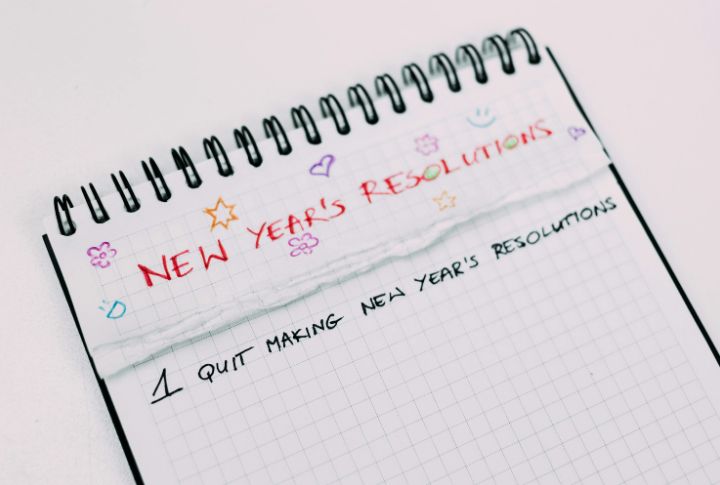
For more than 4,000 years, humans have welcomed a new year with vows of renewal. In ancient Babylon, these promises were offered to the gods during lengthy twelve-day festivals. Slowly, people aim resolutions toward health or relationships, yet the tradition of self-commitment remains intact.
New Year’s Fireworks
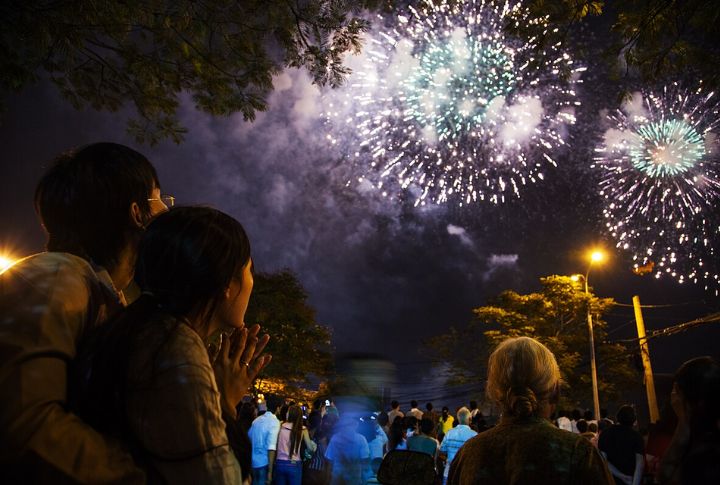
New Year’s fireworks began in ancient China during the Han Dynasty, using exploding bamboo to scare away evil spirits. By the Song Dynasty, gunpowder firecrackers replaced bamboo. This tradition, meant to bring luck and protection, has become a global symbol of fresh beginnings and joyful New Year celebrations.
Incense Burning
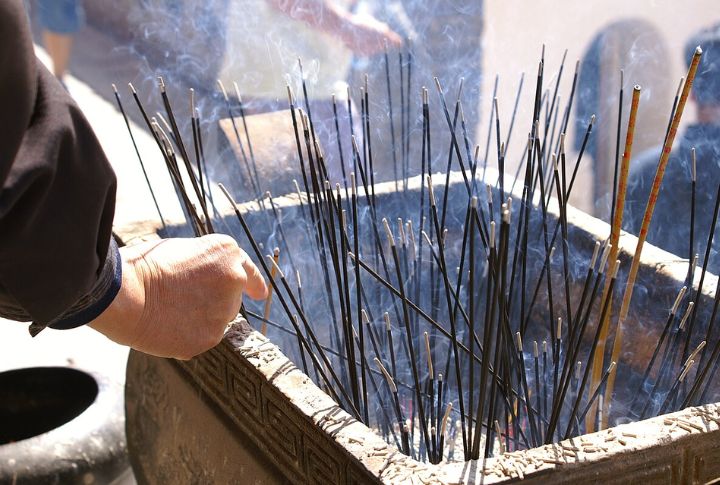
From ancient rituals to modern routines, incense has held a steady role. Temples used its smoke to invite deities and sanctify spaces. The same scented trails create quiet atmospheres in homes and studios to offer relaxation and a touch of the sacred.
Sun Salutations In Yoga

Many people greet the day through sun salutations, a practice that traces back to ancient India. Once deeply spiritual, the sequence has become central to yoga as both ritual and warm-up. Its flowing poses bring energy and focus to students at every stage.
Throwing Salt Over The Shoulder
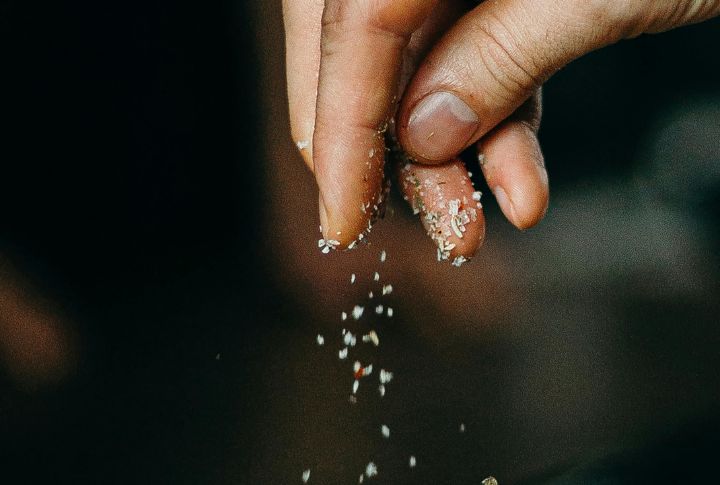
Spilling salt was once serious—so valuable it was used as currency. To counter the misfortune, people tossed a pinch over the left shoulder, where the devil was thought to linger. Even today, this small act survives as one of history’s longest-lasting protective rituals.
Olympic Torch Relay
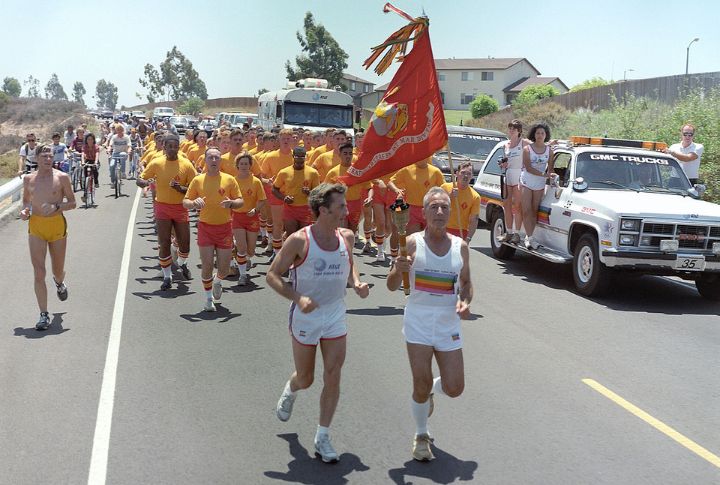
The Olympic torch relay, introduced in 1936, is inspired by ancient Greek fire rituals. Lighting the flame with the sun’s rays in Olympia echoes sacred traditions celebrating fire’s purity and continuity. This ritual bridges ancient beliefs with a modern global event, symbolizing unity and enduring spirit.
Thanksgiving Harvest Festival
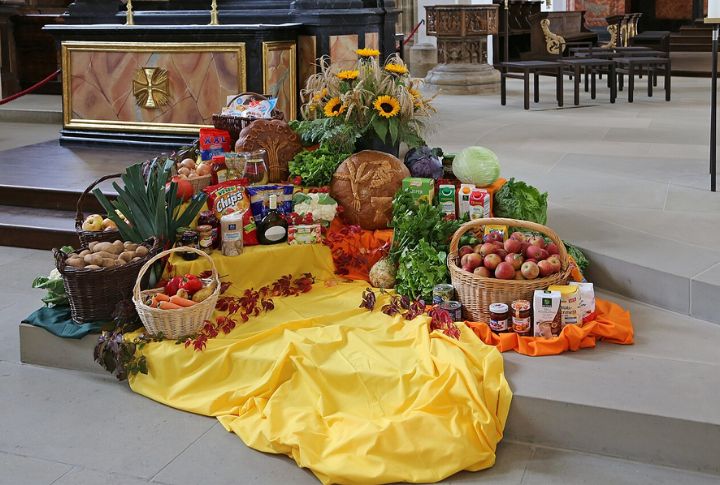
Thanksgiving preserves threads from ancient harvest festivals where communities feasted in gratitude for nature’s bounty. The American holiday still centers on gathering and thankfulness, but has expanded with new traditions. Parades, football games, and shared meals now weave together old rituals with distinctly modern celebrations.
Easter Egg Hunts
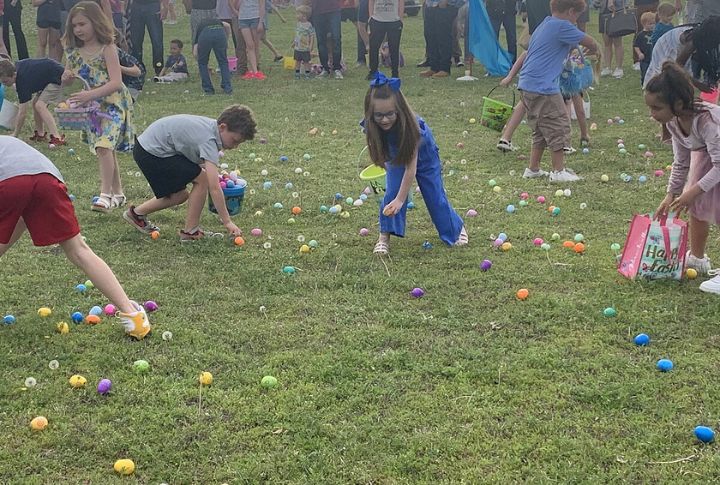
Across countries, Easter egg hunts mark springtime with excitement and play. Their origins trace to 16th-century Germany, where Martin Luther gave the practice a religious place. With the egg’s symbolism of new life, the hunt evolved into a global custom of hidden, candy-filled treasures.
Maypole Dancing
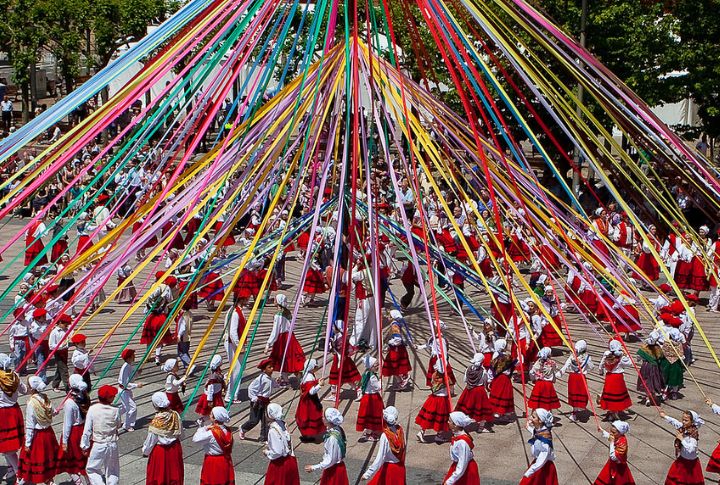
Though its origins lie in medieval fertility rites, maypole dancing continues as a lively spring tradition. Villages once competed by stealing poles from neighbors to show how spirited it was. Festivals still emphasize community pride, with ribbons, costumes, and music shaping the spectacle.
Carnival And Mardi Gras Parades
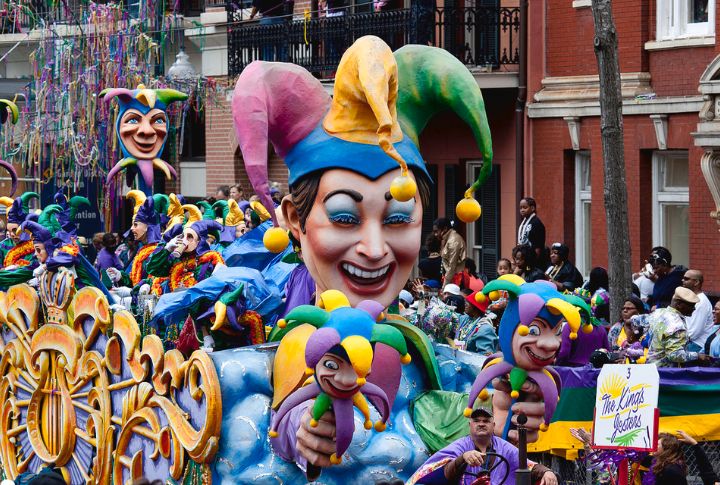
Carnival and Mardi Gras grew out of Catholic Europe’s pre-Lenten festivals. Over centuries, they became global spectacles of music, costumes, and parades. Rio de Janeiro hosts the world’s largest Carnival, while New Orleans adds its own flair with ornate floats and vibrant street celebrations.
Funeral Wakes
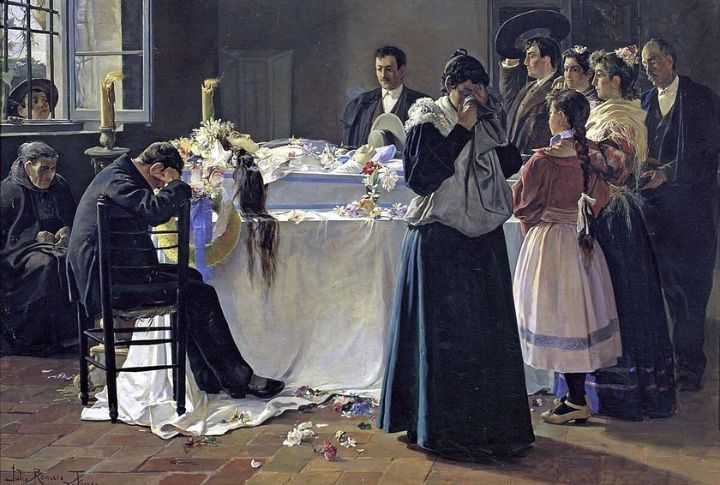
The term “wake” traces back to the custom of keeping watch over the deceased through the night. These early vigils offered solemn honor and comfort. Today, wakes often bring loved ones together before or after funerals to share food and memories.
Knocking On Wood
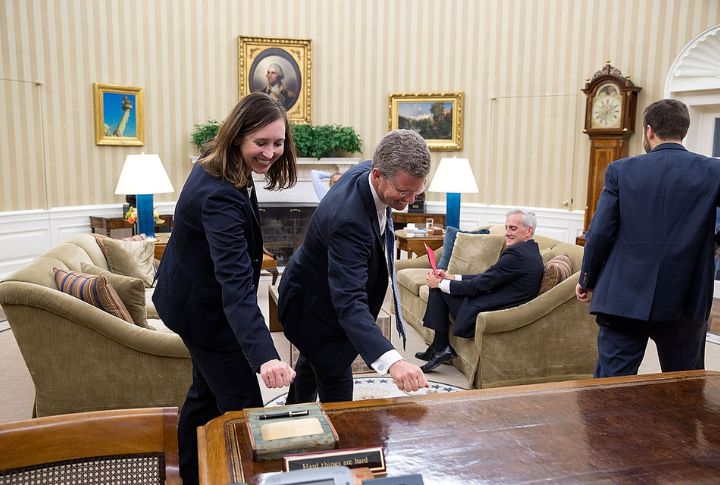
Knocking on wood may feel like a quirky superstition, but its roots run deep in pagan tree worship, where spirits were believed to dwell. Still practiced worldwide—Italy favors “toccare ferro,” or touching iron—it remains a simple way people ward off bad luck.

